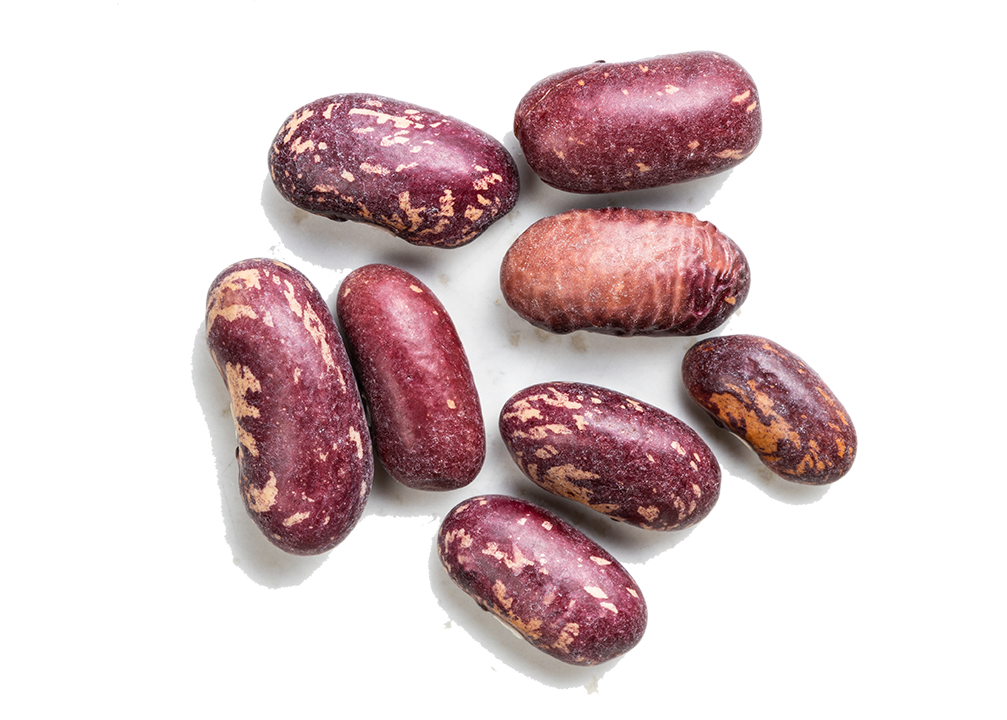The common bean is the world’s most important food legume and is an important source of plant-based protein in the diets of more than 300 million people, primarily Africa and Latin America. The iron-biofortified bean varieties developed by HarvestPlus and its partners not only provide more iron in the diet; they also are high yielding and have other agronomic, taste, and cooking traits demanded by farming families, helping to drive the beans’ adoption in 11 countries.
Nutritional Benefit
Provides up to 80 percent of daily iron needs for women of reproductive age and children when eaten regularly
Varieties Released to Date
Africa: 42 varieties
Countries: Burundi, DR Congo, Rwanda
LatAm/Caribbean: 23 varieties
Countries: Bolivia, Brazil, Colombia, El Salvador, Guatemala, Honduras, Nicaragua, Panama
Total Households Growing (2020)
3 million
CGIAR Breeding Partner: The Alliance of Bioversity International and CIAT
Iron deficiency is the most common micronutrient deficiency in the world, especially among children and women of reproductive age. Anemia is often induced by iron deficiency, and when severe it can increase women’s risk of dying in childbirth. During infancy, childhood, and adolescence, this deficiency impairs physical growth and endurance, mental development, and learning capacity.
Standard beans have about 5 milligrams (mg) of iron per 100 grams, while iron bean varieties can have as much as 90 percent more iron by weight. The added iron also increases the beans’ zinc content, since the two minerals are co-localized in the grain. Our crop research team is currently working on new iron bean varieties with lower levels of phytate, a compound that inhibits iron absorption by the body.
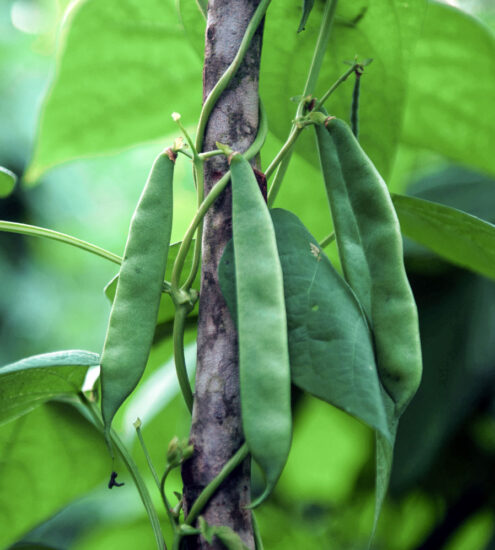
Iron Bean in Rwanda
The Rwanda Agriculture Board, HarvestPlus and CIAT started working together in 2010 on a practical, sustainable, and cost-effective solution to iron deficiency: enriching beans with iron through the process of biofortification. By the end of the project, 20 percent of all beans grown in Rwanda were iron beans, and 15 percent of the population was consuming them regularly.
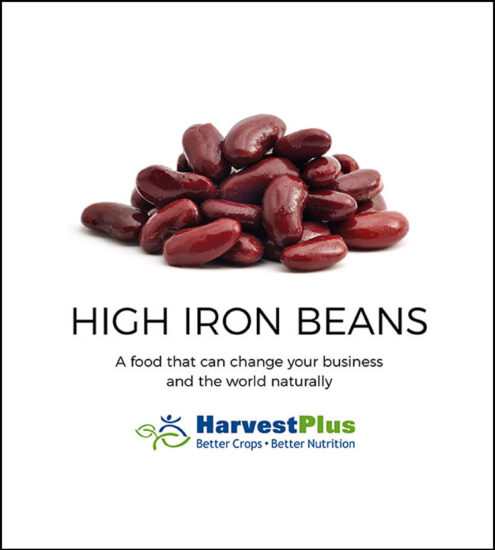
Iron Bean in the Value Chain
This brochure describes the benefits of iron bean for consumers and food businesses, and how to integrate it into production and marketing.
learn moreHarvestPlus Varieties Released Database
Explore the database for details on all HarvestPlus-promoted iron bean varieties that have been released by country.
Learn MoreBiofortification Priority Index
View an interactive map developed by HarvestPlus to show where investments in iron bean are likely to have the greatest impact on nutrition and health.
Learn MoreGlobal Crop Map
This interactive map shows which types of biofortified crops are available or in testing around the world.
Learn More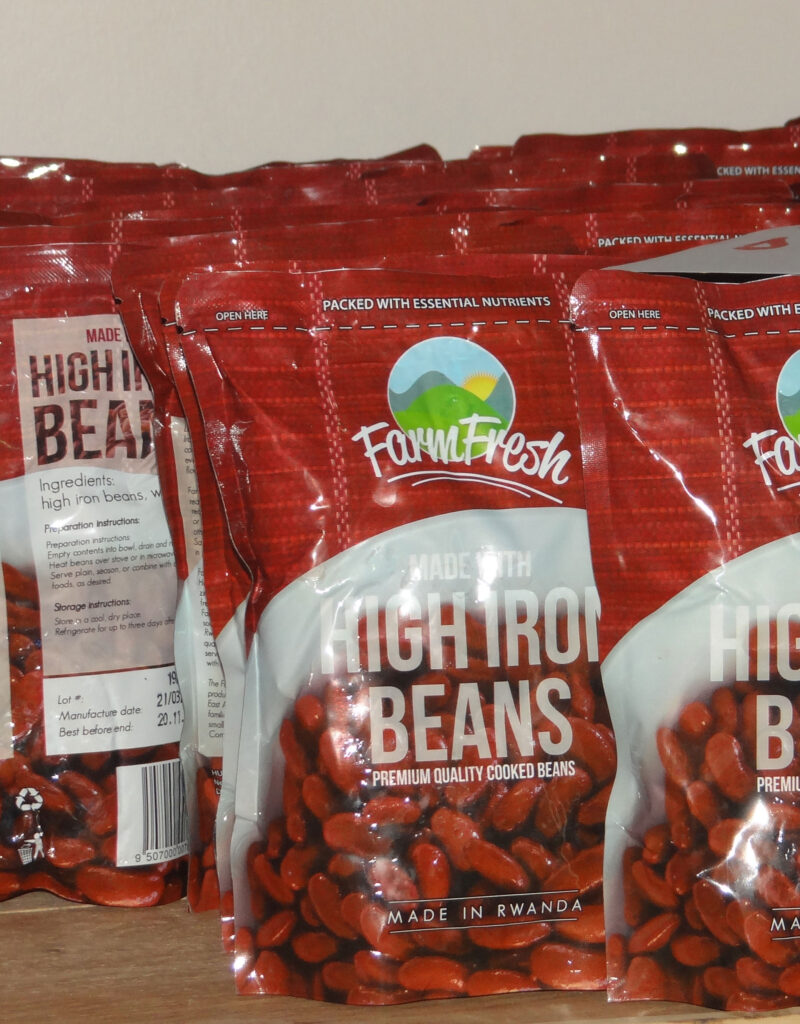
Nutrition Information and Evidence
Baseline iron concentration in non-biofortified varieties: 50 parts per million (PPM)
100% target concentration of iron in iron-biofortified varieties: 94 ppm
Bioavailability of iron in iron-biofortified bean varieties: 5-9%
When eaten regularly, iron beans improve iron status and prevent and reverse iron deficiency in young women. Iron bean consumption also improves women’s memory and attention, and ability to perform physical work—essentially skills for productive living.
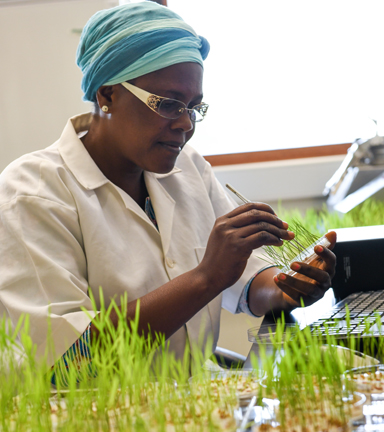
Contact Our Crop Experts
They are available to provide more information about iron beans regarding nutritional and agronomic characteristics, growing and harvesting, processing techniques, marketing strategies, connecting with seed and/or crop suppliers and buyers.
Contact